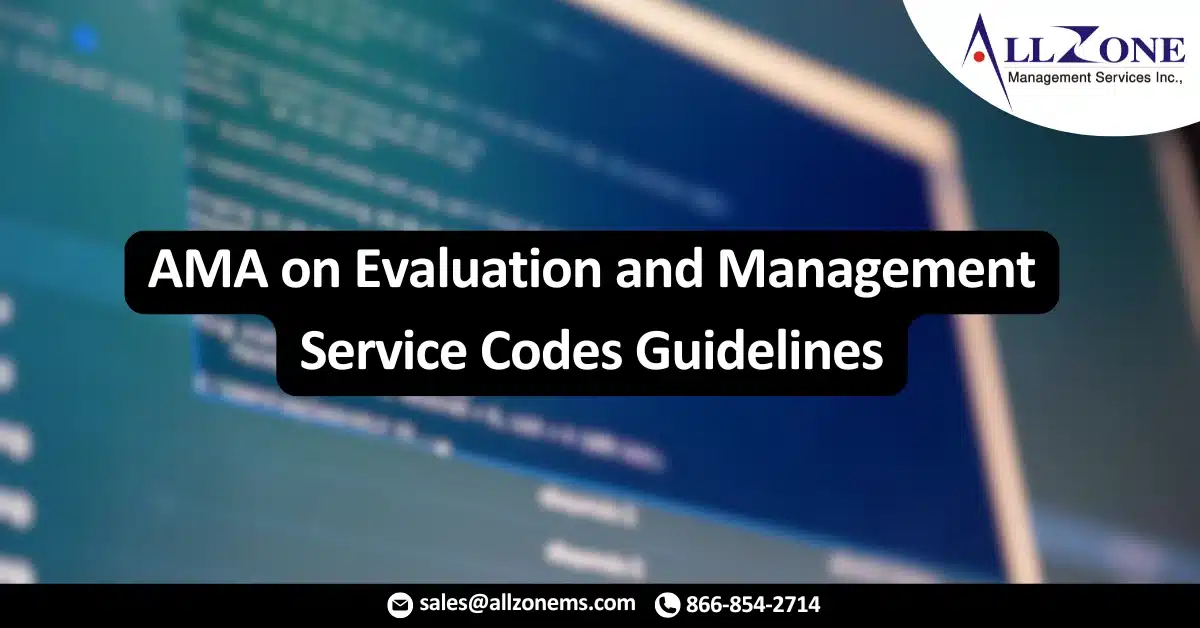Medical coders who were unsure what documentation non-Medicare payers would expect in light of the Patients Over Paperwork Initiative now have more to go on. The initiative reduced documentation requirements for outpatient evaluation and management service codes (CPT® 99201-99215) provided to Medicare Part B patients beginning in 2021. The Centers for Medicare & Medicaid Services (CMS) indicated in their initiative that, although history and exam are an important part of the encounter documentation, they would only use medical decision making (MDM) or time to determine the level of encounter.
The American Medical Association (AMA) CPT Editorial Panel saw this discrepancy and formed a workgroup to review the reporting guidelines and code descriptors for these evaluation and management service code. On February 9, 2019, the AMA-convened CPT Editorial Panel approved revisions to the CPT E/M office or other outpatient visit reporting guidelines and code descriptors.
The CPT Editorial Panel had similar goals as CMS in that they wished to:
- Reduce administrative burden on documentation and coding
- Reduce the need for audits by adding and expanding key definitions and guidelines
- Reduce documentation in the medical record that is not needed for patient care
- Keep payment for evaluation and management service code (E/M) resource-based and eliminate the need to redistribute payments between specialties
The AMA conducted a peer-reviewed study to determine the amount of time that could be saved after CMS’ changes for evaluation and management service code encounters are fully implemented. They found that the changes would bring a conservative reduction of 2.11 minutes per visit. Assuming a physician sees 20 patients per day, physicians would gain about 42 minutes a day to focus on patient care.
Summary of Revisions
- Eliminate tying documentation of the history and physical exam as components for evaluation and management service codes selection:
- The workgroup revised the code descriptors to indicate that providers should perform a “medically appropriate history and/or examination.”
- Allow physicians to choose whether to determine their evaluation and management service codes level based on MDM or on total time:
- MDM: The three elements of MDM — complexity of the patient’s presenting problem, data to be reviewed, and risk are not materially changed, but the workgroup did extensively edit and clarify definitions in the evaluation and management service codes guidelines (see No. 3 for more information)
- Time: Time is defined as MINIMUM TIME, not typical time, and is measured as the total time the physician or other qualified healthcare professional spends on the date of service (including non-face-to-face services such as care coordination). Time would only be used when the code selection is based on time and MDM is not used in the code selection. It is a one or the other parameter for level selection.
- Change the determinants of MDM: The workgroup made significant terminology modifications in MDM to clarify understanding when determining the level.
- Delete CPT® code 99201 because 99201 and 99202 both have straightforward MDM and are only different based on the history and exam elements.
- Create a shorter prolonged service code: The workgroup created prolonged services codes for 15-minute time increments. These new codes would only be reported with 99205 and 99215 and used when time was the primary basis for code selection (i.e., MDM is not involved in code selection).
Coders can take a deep breath knowing that the AMA is making modifications consistent with the changes that CMS is making so that we will be coding with one set of guidelines for outpatient E/M services 99202-99215. It is also great news that the AMA will be providing better and clarifying language to the elements within MDM.
For More Information: 47400 ama on evaluation and management guidelines

